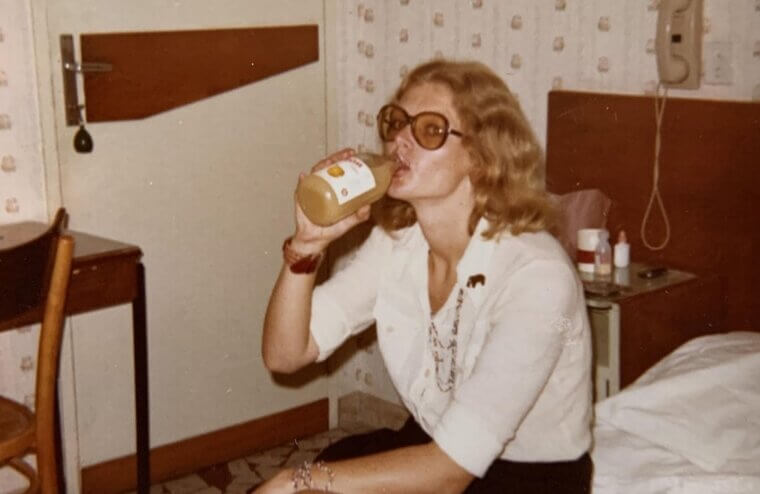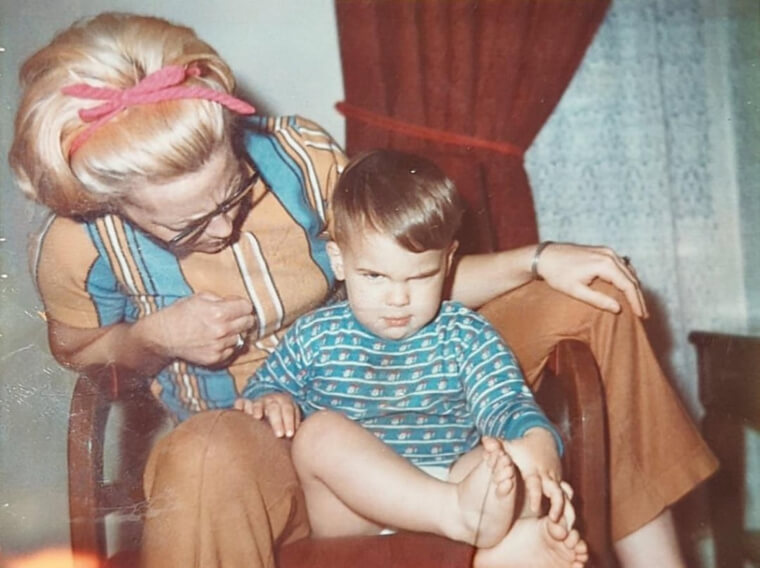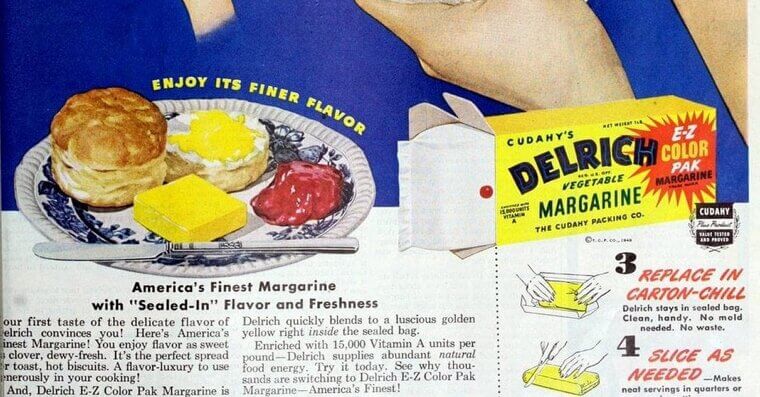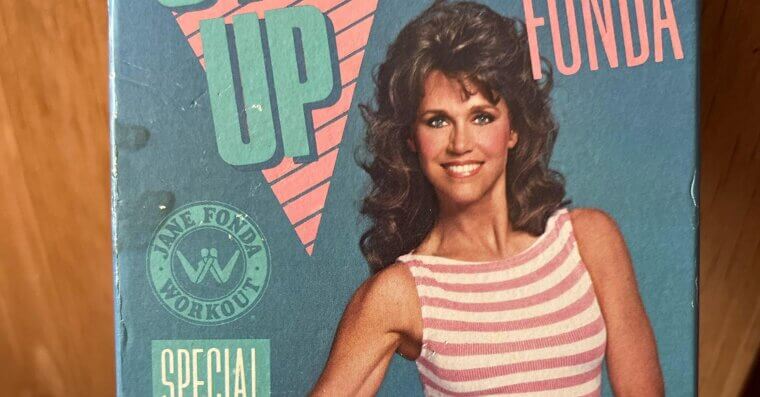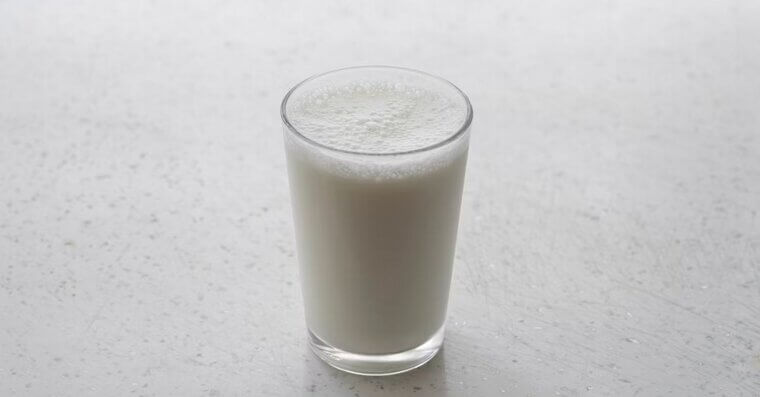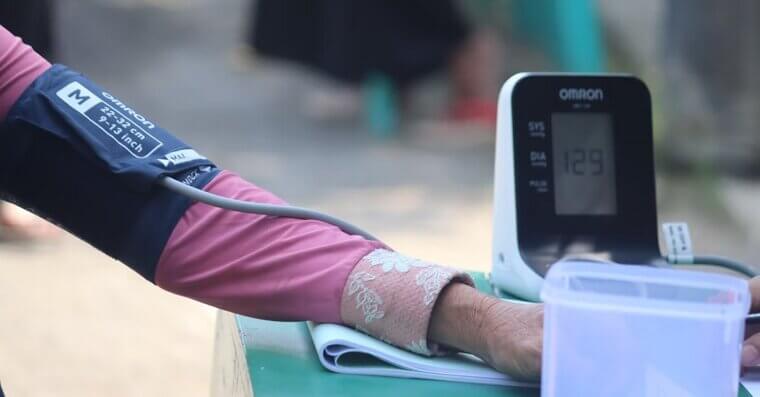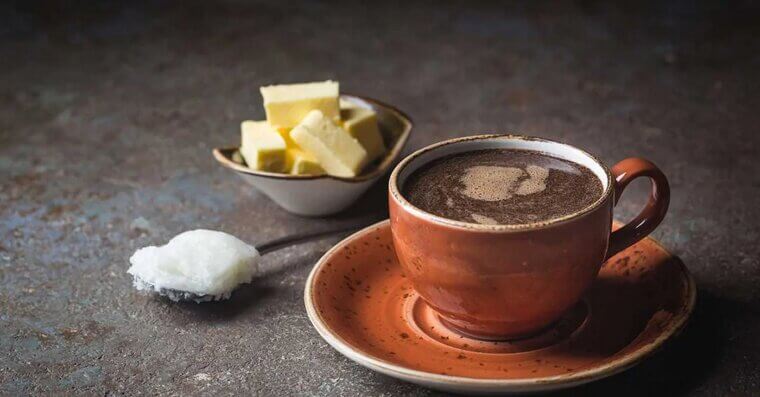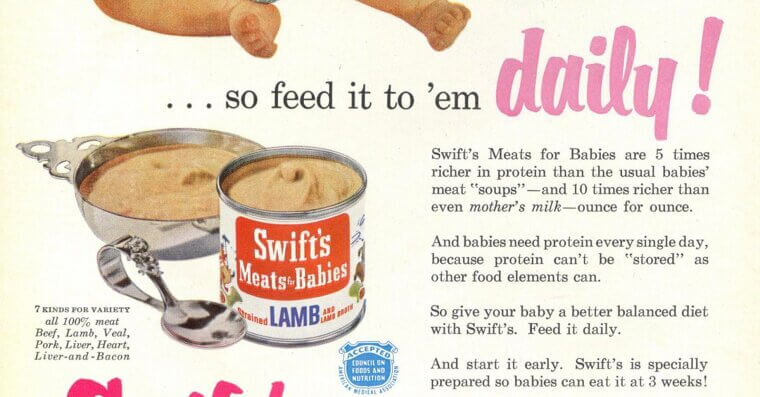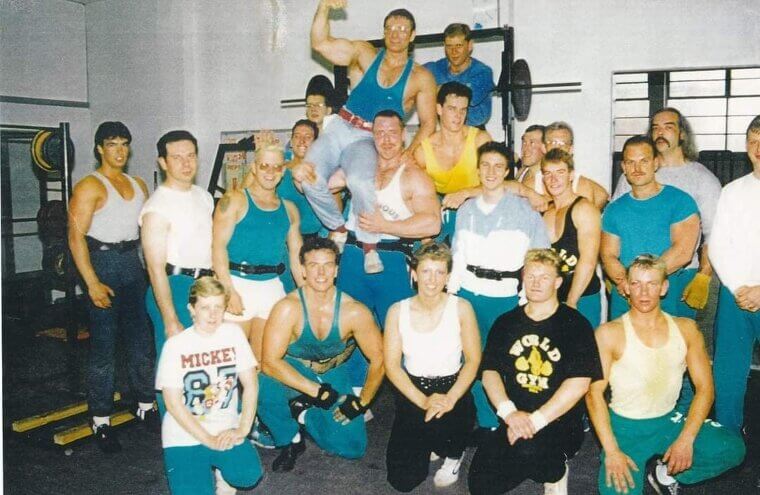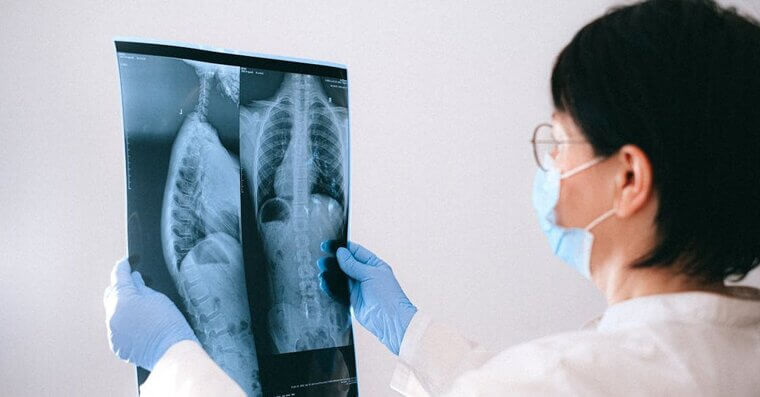A Look Back
Some people remember the 1970s as a lawless wasteland. It wasn’t quite that bad, but healthcare and the general perception of how health worked was certainly lacking in some ways. Here are 35 health practices that have, in some cases thankfully, changed a lot.
Smoking Everywhere
In the ’70s, you could smoke just about anywhere - planes, offices, even hospitals for crying out loud. It wasn’t just accepted; it was something no-one even considered. Fast forward to today, and smoking is banned in most public places, with cigarette ads gone from TV. We now know just how harmful secondhand smoke is.
Margarine Over Butter
Back in the ‘70s, margarine was marketed as the “healthy” alternative to butter, thanks to its lower saturated fat. But turns out there was a considerable catch. Many versions were loaded with trans fats, which we now know are worse for your heart. Oops.
Jogging Craze
The ’70s saw the jogging boom take off. Everyone was doing it and it was seen as the ultimate way to stay fit. While jogging’s still around, we now embrace a mix of workouts, from strength training to yoga, because just jogging can be hard on the joints.
Sunbathing Without Sunscreen
A deep tan was a status symbol in the ’70s. People slathered on baby oil and baked in the sun without a second thought. Today, we know that sun damage accelerates aging and seriously raises skin cancer risk. Unfortunately, people have actually died in the pursuit of the perfect tan.
Low-Fat Everything
By the late ’70s, the idea that fat was the enemy took over. Low-fat cookies, crackers, and even ice cream hit the shelves. Problem is, many were loaded with sugar to make up for the taste. Now, we understand that healthy fats are important, and it’s more about balance than stripping out all the fat.
Home Workouts With VHS Tapes
Jane Fonda and Richard Simmons released workouts on VHS in the late ‘70s, where the idea was that you followed along at home and got healthy. The concept never really went away, but VHS has been replaced by YouTube now.
Cholesterol Panic
Eggs, shellfish, and red meat were demonized in the ’70s. People were told to cut them out completely to protect their hearts. That trend died down a long time ago though, with people understanding you can more or less eat what you want, you just have to do so in moderation.
The Grapefruit Diet
This crash diet promised rapid weight loss by eating grapefruit with almost every meal. Celebrities loved it and it gradually spread to regular people… but it didn’t really work. It still exists today, but other fad diets have overtaken it.
Tanning Beds
When tanning beds became a thing in the late ’70s, they were pitched as a safer way to get that all-important tan. Now we know they’re a direct fast-track to skin damage and higher cancer risk. Many countries have now quite rightly banned them for minors.
High-Carb Diet Recommendations
In the ’70s, nutrition guidelines encouraged loading up on carbs - bread, pasta, cereals - while cutting fat. These days, many diets swap refined carbs for whole grains. Really, though, all dieting is a matter of seeing what works for you rather than following strict guidelines.
Antibiotics for Everything
In the ’70s, antibiotics were handed out like candy for colds, sore throats, and just about anything that felt “off.” The problem? Many of those illnesses were viral, meaning antibiotics didn’t help - and overuse fueled antibiotic resistance. Today, doctors are much more cautious.
Gym Machines Over Free Weights
Back in the ’70s, most gyms were stocked with big, clunky machines instead of free weights. The thinking was they were safer and just more modern. Now, free weights are celebrated for building functional strength, improving stability, and working multiple muscles at once.
Unhealthy Popcorn
Movie theater popcorn in the ’70s was popped in coconut oil loaded with saturated fat, and nobody thought twice about it. Then came the warnings, and theaters switched oils - but later, we learned that some of those alternatives were packed with trans fats. Popcorn at the movies was not good for you in the olden days.
The “Three Big Meals” Rule
The standard advice in the ’70s was to eat breakfast, lunch, and dinner - no snacking. These days, we know eating patterns can be flexible. Some people thrive on smaller, more frequent meals, while others do intermittent fasting. It's all about variety!
Skim Milk as the Healthiest Choice
Whole milk was considered a guilty pleasure in the ’70s, while skim milk was sold as the “heart-healthy” option. Now, research suggests that whole milk in moderation may actually have benefits, and some people find it more filling. Also, bear in mind that plant-based options like almond and oat milk have exploded in popularity now.
Aerobics Classes
Aerobics classes took off in the late ’70s, complete with bright leotards, sweatbands, and upbeat disco music. It was more about fun and community than perfect form, and those classes are very fondly remembered. Sadly, today’s busier lifestyles don’t leave a lot of room for them.
Sugar as “Quick Energy”
In the ’70s, sugar was seen as a harmless energy boost - sports drinks and candy bars were even advertised as pick-me-ups. Now, we understand the dangers of sugar a little more, and how it contributes to obesity and rotted teeth.
Ignoring Mental Health
Mental health wasn’t openly discussed in the ’70s - therapy was mocked, and stress was often brushed off. Today, there’s far more openness around counseling, mindfulness, and self-care. Employers, schools, and doctors are taking it more seriously. There’s still a long way to go, though.
Salt Shakers on Every Table
Back in the days of disco, salt was kept in a shaker on the dinner table - you added it before tasting your food. Now, with high blood pressure linked to sodium intake, many people try to limit it, using herbs and spices for flavor instead.
No Home Blood Pressure Checks
Once upon a time you had to visit the doctor if you wanted to know your blood pressure. Home monitors weren’t common, so many people didn’t realize they had hypertension. Today, small devices let people track their numbers at home, catching issues earlier.
No Butter in Coffee
In the ’70s, putting butter in coffee would’ve sounded like a prank. Now, “bulletproof coffee” is a trendy high-fat, low-carb breakfast option for keto fans. Debate rages as to whether or not it’s a good idea to drink bulletproof coffee long-term, though.
Bad Kid’s Lunches
School lunches in the ’70s often meant processed cheese, chicken nuggets, and sugary desserts. But since then, there’s been a big push to improve nutrition standards in schools. Cafeterias serve better food now, with less fat and sugar.
Glass Thermometers With Mercury
In the ’70s, you stuck a glass thermometer under your tongue (or somewhere less pleasant) and waited for the mercury to rise. Today, people understand the dangers of mercury a lot better, and digital thermometers are the preferred option.
“Doctor Knows Best” Culture
Patients in the ’70s rarely questioned their doctors - whatever was prescribed was followed to the letter. Today, people research symptoms, get second opinions, and actively discuss treatment options. The internet’s made health info more accessible, though it’s also created misinformation problems.
Electric Shock for Mental Illness
Electroconvulsive therapy (ECT) in the ’70s had a scary reputation – it showed up in horror movies a lot. Modern ECT is safer, gentler, and very heavily regulated. But a lot of the time it’s not needed - mental health care has shifted toward therapy and medication.
Little Focus on Fitness for Seniors
In the ’70s, older adults were often told to take it easy in old age rather than stay active. Now, we know regular exercise is crucial for healthy aging. Senior fitness classes, walking groups, and even weight training are now encouraged in order to keep mobility and independence longer.
No Nutrition Labels on Packages
Before the 1990s, packaged foods didn’t list full nutrition facts. So in the ‘70s, you simply had to guess how much sugar, fat, or sodium you were eating. Today, nutrition labels are required, making it easier (in theory) to make informed choices - though marketing can still mislead people.
Surgery as the First Option
Decades ago, surgery was often the go-to for problems like back pain or joint issues. Now, doctors usually recommend less invasive treatments first - physical therapy, injections, or lifestyle changes - before going under the knife.
Focus on Baby Formula
In the ’70s, formula and baby food companies heavily advertised their products as a better alternative to breastfeeding, when they weren’t. Now, breastfeeding is encouraged when possible for its immunity and nutritional benefits, though formula remains a safe alternative for those who need it.
No Seat Belts
In the ’70s, seat belts were there, but many people didn’t bother using them - and kids often roamed freely in the back seat. Today, car safety is a huge part of public health. Seat belts, car seats, and booster seats save countless lives.
“Weight Loss” Cigarettes
Believe it or not, cigarette ads in the ’70s sometimes hinted at weight control benefits. Now, that marketing would be downright illegal today. Smoking is recognized as a major health hazard, and weight loss advice has thankfully improved.
Older Adults Were Left In Pain
It wasn’t so long ago that pain in older adults was brushed off as inevitable. Today, pain management is its own medical specialty, and there’s more emphasis on improving quality of life through physical therapy and lifestyle changes instead of just “putting up with it.”
X-Rays for Everything
Decades ago, X-rays were a common first step for diagnosing even minor issues. Now, with better understanding of radiation exposure, doctors use them more selectively and often turn to ultrasounds or MRIs for safer imaging when possible.
Low-Fiber Diets
Many diets in the ‘70s were surprisingly low in fiber. Unsurprisingly, constipation was common, and it led to a lot of problems for people. Now, we know fiber supports digestion, heart health, and weight control.
Waiting Until You Were Sick to See a Doctor
Preventive care wasn’t a big focus in the ’70s - people saw the doctor when they felt unwell, not for regular checkups. Today, screenings, vaccinations, and wellness visits are encouraged to catch problems early and maybe even save lives.

